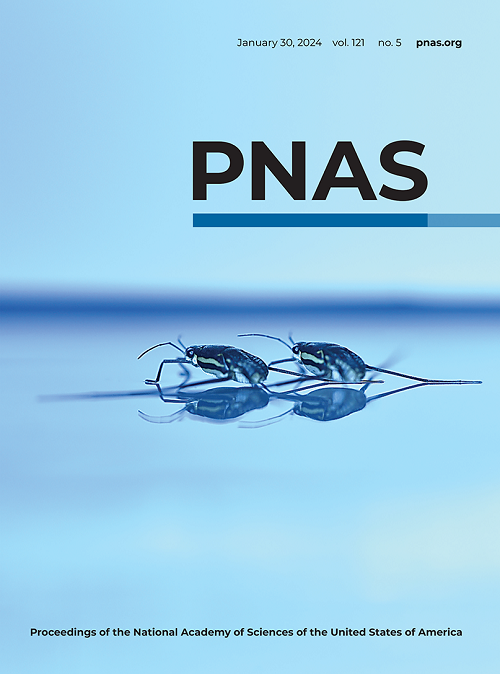A structural atlas of death domain fold proteins reveals their versatile roles in biology and function
IF 9.4
1区 综合性期刊
Q1 MULTIDISCIPLINARY SCIENCES
Proceedings of the National Academy of Sciences of the United States of America
Pub Date : 2025-02-20
DOI:10.1073/pnas.2426986122
引用次数: 0
Abstract
Death domain fold (DDF) superfamily proteins are critically important players in pathways of cell death and inflammation. DDFs are often essential scaffolding domains in receptors, adaptors, or effectors of these pathways by mediating homo- and hetero-oligomerization including helical filament assembly. At the downstream ends of these pathways, effector oligomerization by DDFs brings the enzyme domains into proximity for their dimerization and activation. Hundreds of structures of these domains have been solved. However, a comprehensive understanding of DDFs is lacking. In this article, we report the curation of a DDF structural atlas as a public website (deathdomain.org) and deduce the common and distinct principles of DDF-mediated oligomerization among the four families (death domain or DD, death effector domain or DED, caspase recruitment domain or CARD, and pyrin domain or PYD). We further annotate DDFs genome-wide based on AlphaFold-predicted models and protein sequences. These studies reveal mechanistic rules for this widely distributed domain superfamily.求助全文
约1分钟内获得全文
求助全文
来源期刊
CiteScore
19.00
自引率
0.90%
发文量
3575
审稿时长
2.5 months
期刊介绍:
The Proceedings of the National Academy of Sciences (PNAS), a peer-reviewed journal of the National Academy of Sciences (NAS), serves as an authoritative source for high-impact, original research across the biological, physical, and social sciences. With a global scope, the journal welcomes submissions from researchers worldwide, making it an inclusive platform for advancing scientific knowledge.

 求助内容:
求助内容: 应助结果提醒方式:
应助结果提醒方式:


